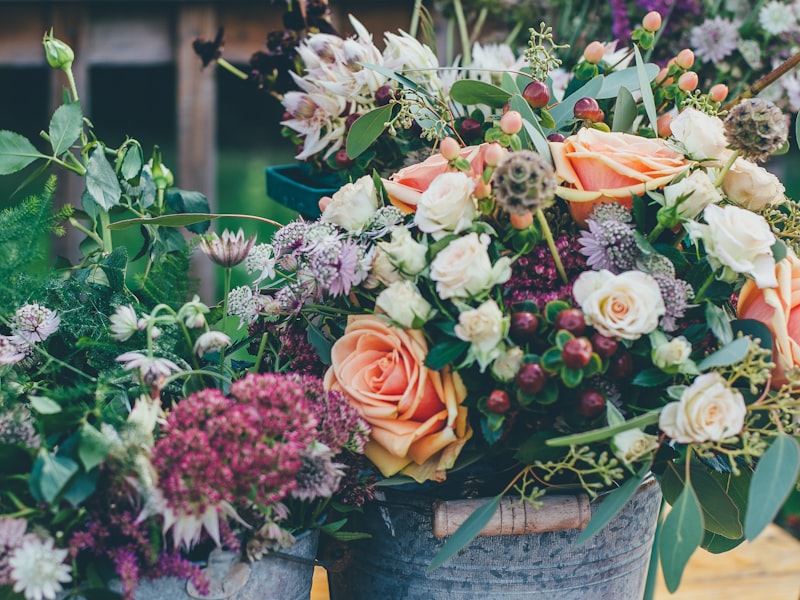Sweatshirts are long-sleeved pullover tops that are made of thick cotton cloth. They are usually used for casual wear and aren't as dressy as sweaters or cardigans. They do not usually have an hood. If you are interested in purchasing a sweatshirt, here are a few tips:
Norma Kamali sparked the appeal of sweatshirts
Since the mid-70s In the late '70s, Norma Kamali has been turning the humble sweatshirt into a work of art. Her designs are now an integral part of almost all women's wardrobes. Her unique styles range from a tummy-tucking crew neck , to leather paneled sweatshirts. She also has created clothes in unusual shapes, such as an oversized tank top that has an extended trumpet skirt.
A collaboration of the designers and the manufacturer of sweatshirts Everlast led to her Timeless line, which became a huge hit when it debuted in Spiegel's spring 2006 catalog. The collection offered convertible and interchangeable knits in classic silhouettes and many of the pieces were priced at less than $20. Even the Kamali's Timeless collection wasn't available in stores, fans were able to find the designs for sale on eBay or Poshmark.
Merino wool sweatshirts are more comfortable than sweatshirts with soft fabrics.
Merino wool is known for its moisture-wicking capabilities that help keep you comfortable and dry. It is a natural fiber that has a softer feel. The fabric also dries quickly when compared with other natural material. Additionally, merino is a renewable resource. The merino sheep shed coats every year and regrow new coats.

The weight-to-heat ratio of merino wool is one of the reasons it's popular for sweatshirts. It assists in regulating body temperature due to its loft that naturally traps heat between the fibers. This is why Merino wool sweatshirts are perfect for outdoor activities in the summer, like mountain biking, hiking and running. The warmth it provides helps keep the wearer cool and dry, which is essential for working out.
Zip-front hoodies feature kangaroo pockets.
Kangaroo pocket hoodies are a popular style of hoodies. These hoodies feature a huge pocket in the front, which helps keep your hands warm during cold days. They are much more practical than traditional pockets as they allow your hands to slide into and out effortlessly.
Kangaroo pockets are typically large enough to accommodate a wallet or some other small personal items. They are commonly big enough to hold the palm of a hand that is small, and can even be large enough to accommodate two hands. They are wide on either side and are ideal for carrying small items.
French terry fabric is a very popular material for sweatshirts
The French Terry fabric is composed of soft yarns made into loops, and are usually midweight. It is also renowned as a fabric that wicks away moisture and is pre-shrunk. French terry is a great option for sweatshirts as it is warm when you need it and also keeps you cool when you're trying to cool down.
French terry is also popular for casual wear, as it has enough stretch and flexibility to feel good when you touch your body. It also allows for enough air to circulate throughout the fabric, which makes it perfect for layering under other clothing. Additionally, since it is lighter than other sweatshirts you can wear it all through the year without feeling too either cold or hot.
Hoodies have classist connotations
While it may seem that hoodies are simply clothes that are appropriate for those who are working class however, in reality they have a classist connotation. Hoodies first became seen in the 1970s , in New York, where graffiti artists wore them to hide their identities. In 1976, hoodies made their major film debut in "Rocky," when the protagonist of the film was a working class man in hooded gray sweats on his memorable climb up the Philadelphia Museum of Art.
Hoodies are usually associated with destruction, death and other unpleasant things, and yet they can also be used for practical reasons. For instance, priests and monks might wear hoods in order to display respect and a sense of self-control.
